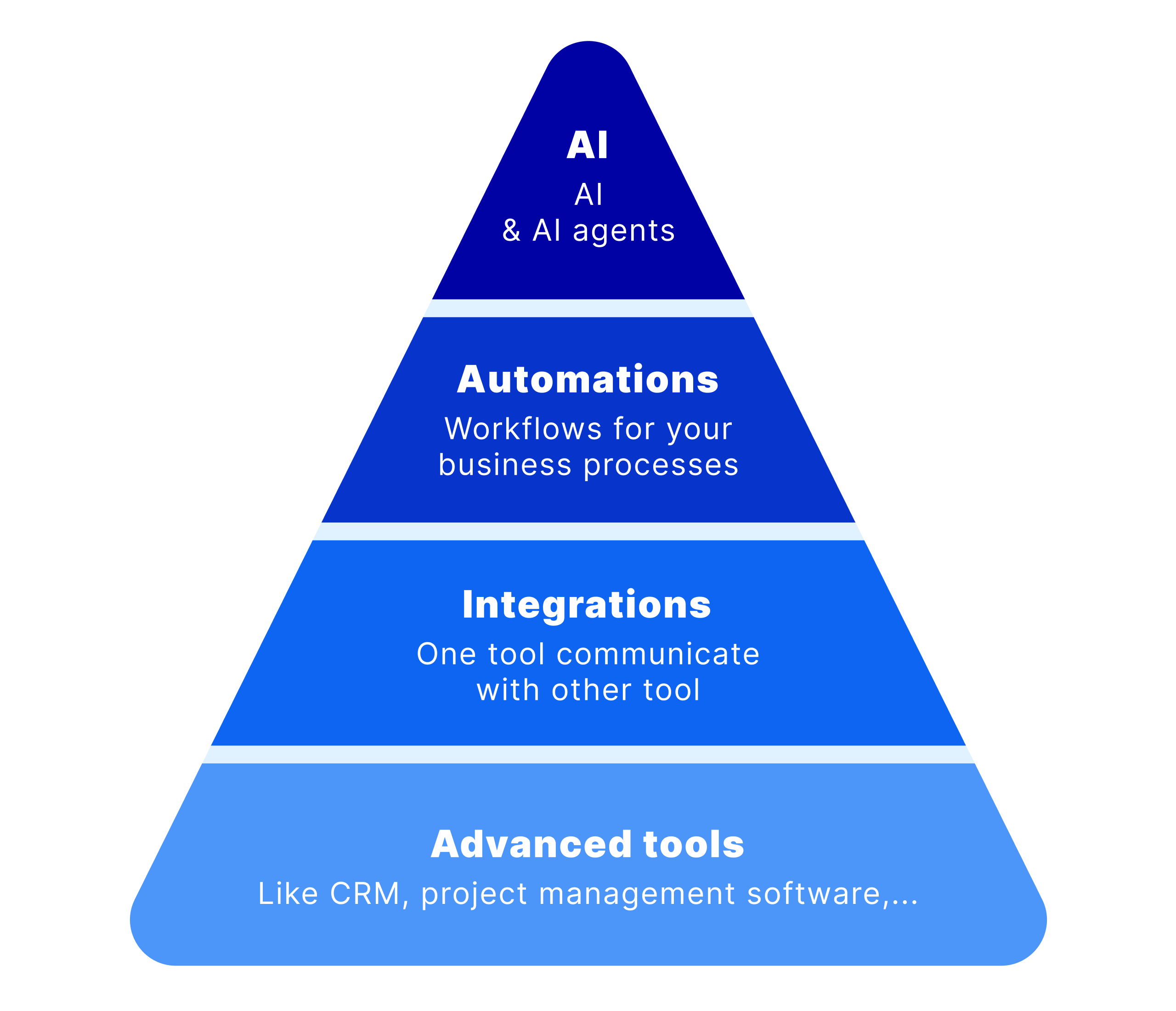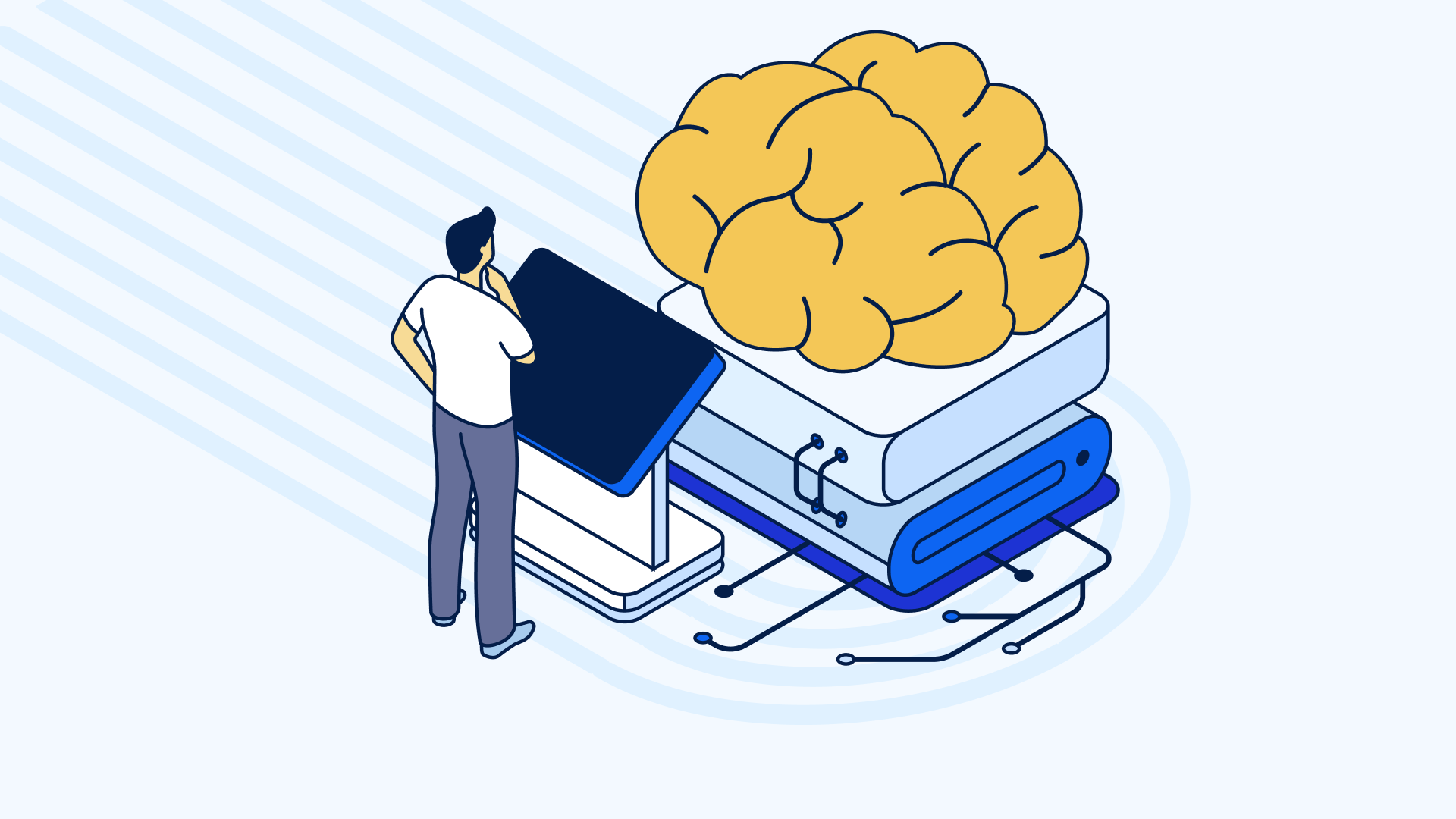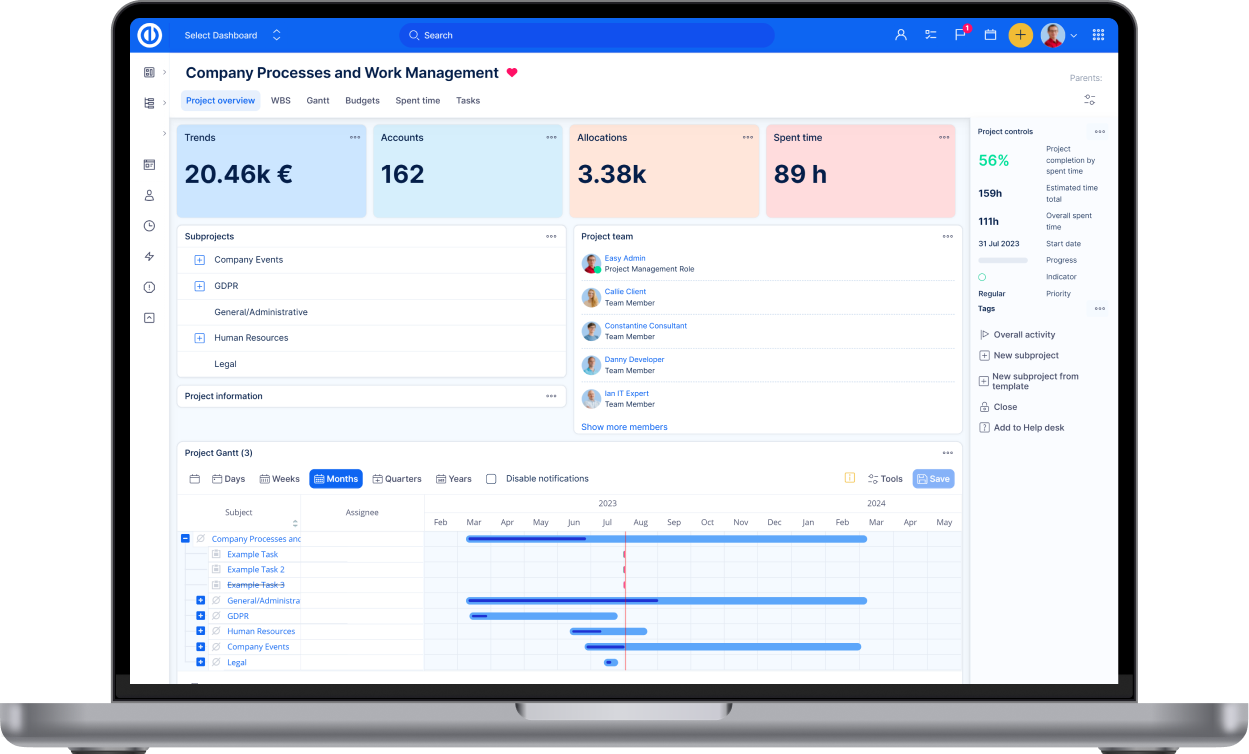Webinar recording: How to lead the change from Excel to AI & automation
Digital transformation is not just a FOMO. It is a must—new standard. Read the article or watch the webinar recording to discover why successful AI adoption relies on thoughtful change management, precise process mapping, and a hybrid planning–agile execution approach that puts people first.
Table of contents
Why is AI adoption more than just technology?
How to overcome analysis paralysis with digital transformation
Framework for a smooth AI adoption
Drive the change: Understand the fears and needs
Communication is the key
Fuel integrated automation success
TL;DR
For successful AI adoption, map processes, secure stakeholder buy-in, use hybrid planning, ship quick AI wins, and then scale solutions.
Why is AI adoption more than just technology?
Change is hard, especially in today’s fast-paced digital world where AI is rapidly becoming standard. Simply buying new tools won’t guarantee success. Even with unlimited budgets, technology alone cannot fix gaps in your processes or organisational structure—it’s people who ultimately make or break your transformation.
How to overcome analysis paralysis with digital transformation
With so many AI options and rising investments, it’s natural to feel overwhelmed. Start by grounding your strategy in reality. Ask:
- What is our current digital maturity?
- Which processes add real value, and which are obsolete?
- Where are our biggest productivity or revenue leaks?
Mapping your entire workflow—on a simple diagram—reveals overlaps, bottlenecks and blind spots. From there, you can assign clear KPIs and pinpoint exactly where AI will have the greatest impact.

AI adoption pyramid
Framework for a smooth AI adoption
Rather than treating change as a linear, waterfall project, combine the best of both worlds:
- Plan with waterfall for clear milestones, budgets and acceptance criteria.
- Execute with agile to iterate quickly, gather feedback and adapt on the fly.
This hybrid approach keeps stakeholders aligned while allowing you to respond dynamically to obstacles—especially the inevitable dips in morale known as the “death valley” of change.
Drive the change: Understand the fears and needs
Effective stakeholder management is critical. Identify:
- Champions who will loudly advocate for AI.
- Detractors whose resistance could stall progress.
Secure leadership buy-in, recruit informal influencers, and communicate both the strategic and personal benefits of AI in language that matters to them.
Tailor your messaging to each group’s motivations. For some, it’s the big-picture vision; for others, it’s simply saving time on repetitive tasks.
Communication is the key
Generate small wins early—perhaps an AI-powered automation that frees your team from mundane data entry. Celebrate these successes to bolster confidence and maintain enthusiasm.
As your organisation sees tangible benefits, you’ll earn the licence to scale AI deeper into your processes and even explore advanced AI agents.
Watch the webinar recording to catch even more insights about AI and automation adoption (with best practices) from our COO, Daniel Zach!
Fuel integrated automation success
For those leading AI adoption, real impact comes not from the latest model, but from thoughtful change management: understanding why you’re changing, mapping what you have, and designing where AI adds genuine value.
By blending rigorous planning, agile execution and people-centric leadership, you can turn AI from a buzzword into a lasting competitive advantage.
Still, if you want any help with AI adoption or automation in your organisation, contact our sales team!



